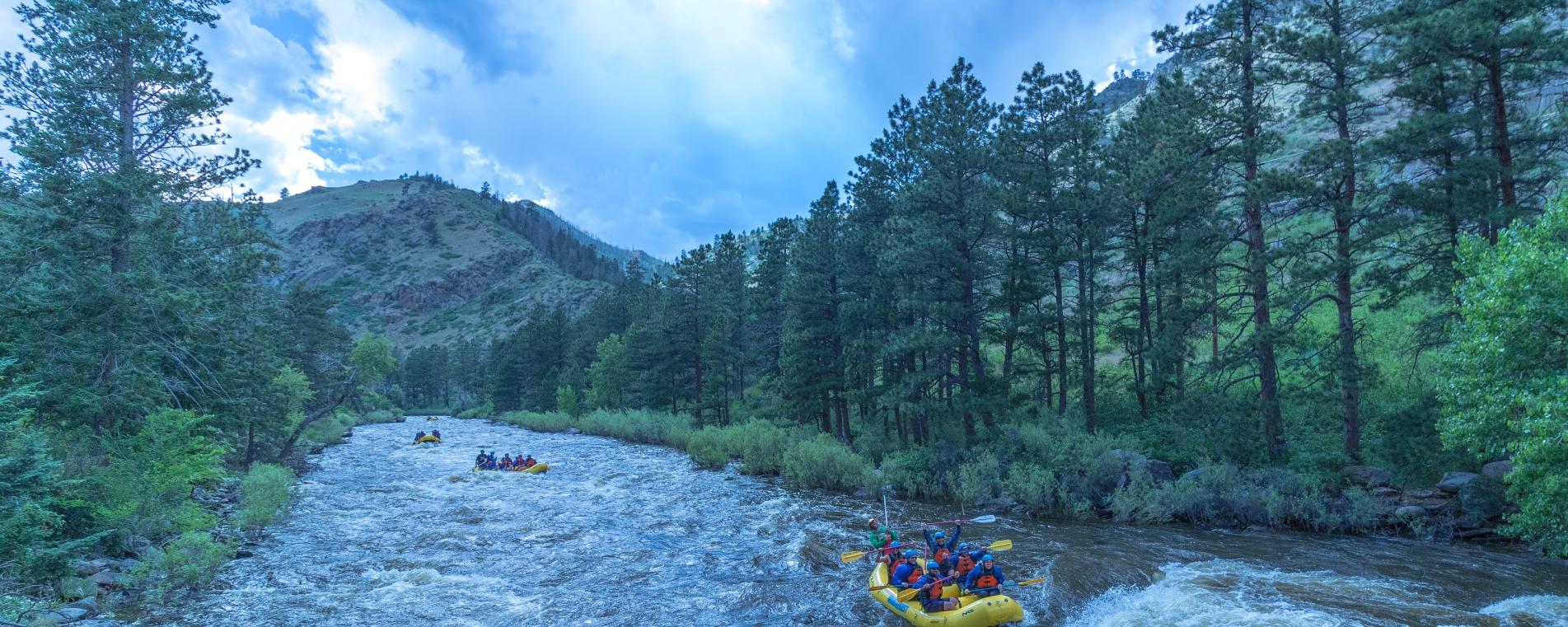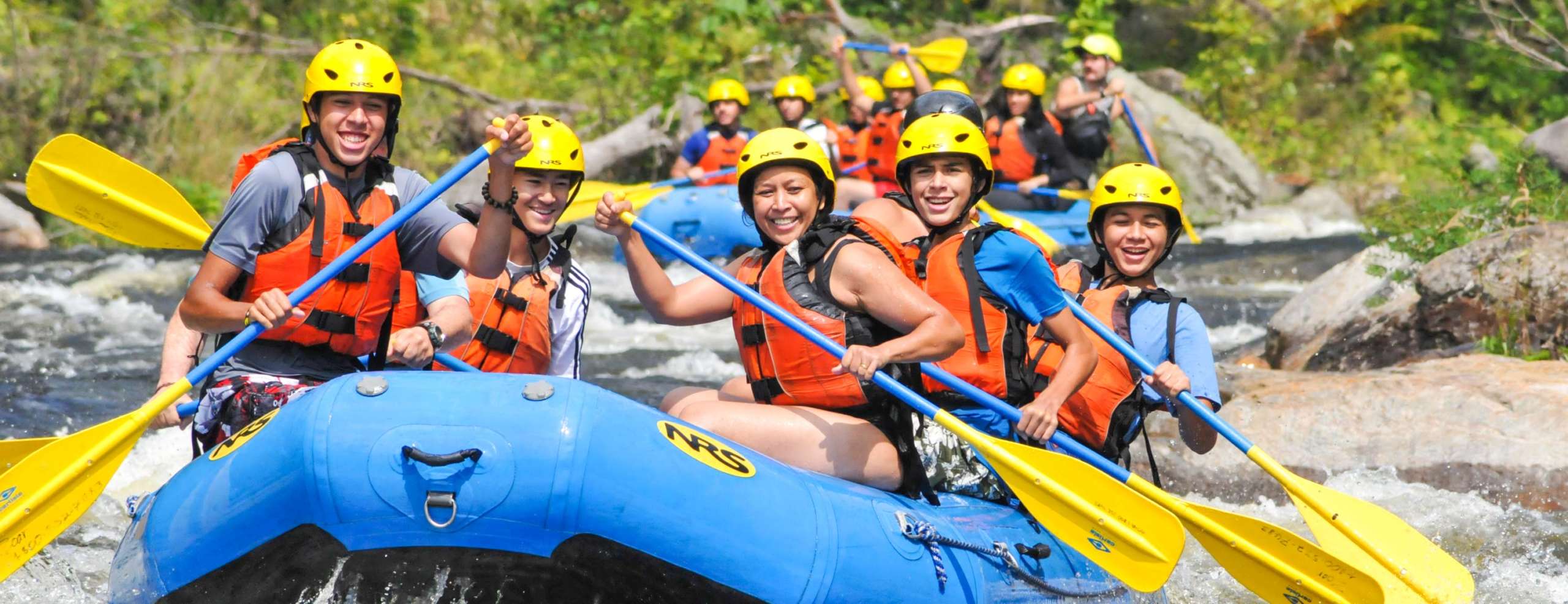The Ultimate Experience: Water Rafting Tips and Tricks
Getting started on a water rafting adventure is a thrilling experience that requires a mix of skill, prep work, and regard for nature's formidable pressures. As the thrill of the river drives you ahead, navigating with twists and turns, the art of water rafting unveils itself as a test of both physical prowess and psychological acuity.
Vital Gear for Water Rafting
To guarantee safety and security and comfort throughout water rafting excursions, it is imperative to outfit oneself with the necessary gear tailored to this adventurous activity. Additionally, a strong helmet is important to shield against head injuries, specifically in harsh waters or if tossed off the plethora.
Furthermore, correct footwear is essential for preserving excellent hold and safeguarding the feet from unsafe surfaces or sharp rocks. Neoprene booties or water shoes are suggested for this objective. It is also recommended to wear quick-drying garments, such as a wetsuit or breakout guard, to manage body temperature and avoid hypothermia in cool water conditions.
Lastly, a reliable paddle is needed for steering with the water effectively. It needs to be lightweight yet long lasting to stand up to the rigors of rafting. By purchasing these important pieces of gear, rafters can enjoy their experience on the water with self-confidence and comfort.
Picking the Right Rafting Path
When intending a water rafting journey, selecting the ideal rafting path is crucial for a pleasurable and risk-free experience. Variables such as the degree of difficulty, water problems, and the length of the path should all be considered before starting your journey.
Most importantly, evaluate your group's skill degree and experience. Different rafting paths are classified based on problem levels ranging from Class I (simple) to Class VI (incredibly hard and unsafe) It is very important to select a route that lines up with the capacities of all participants to ensure everyone's safety and security and pleasure.
In addition, consider the water problems of the path. Some routes may have calm waters appropriate for beginners, while others might have strong currents and difficult rapids that require more advanced abilities. Investigating the water levels and prospective dangers of the path in advance can help you make a notified decision.
Last but not least, take into consideration the length of the rafting route. Longer routes might call for even more time and stamina, so choose a path that fits within your group's timeframe and physical capacities. By thoroughly picking the appropriate rafting path, you can set yourself up for a thrilling and memorable journey on the water.
Safety And Security Preventative Measures on the Water
Considering the significance of choosing the right rafting route for a secure and enjoyable experience, it is vital to focus on security preventative measures on the water to alleviate possible risks and make certain an effective adventure. Before beginning on a water rafting journey, make certain all individuals put published here on correctly fitting individual flotation tools (PFDs) and safety helmets to safeguard versus accidents. By sticking to these safety precautions, you can improve the total experience and lessen potential risks while water rafting.
Understanding Paddling Methods
Creating effectiveness in paddling techniques is important for browsing via varying water problems and ensuring a successful water rafting experience. White Water Rafting Colorado. Appropriate paddling not only aids in steering the boating efficiently but also adds to the overall sychronisation and synergy needed for a satisfying and safe trip
This stroke entails dipping the paddle blade fully right into the water and drawing it back together with the raft, supplying propulsion and guiding. By grasping the forward and backwards strokes, rafters can efficiently regulate the speed moved here and direction of the plethora.
:max_bytes(150000):strip_icc()/salmon-river-rafting-IDAHORAFTING0422-abee1743fbe0478da2769038265d321a.jpg)
Tips for Handling Rapids Like a Pro
To stand out in navigating difficult river conditions, adept water rafters use their understood paddling strategies with accuracy and finesse when taking care of rapids like experienced specialists. This rhythm helps the plethora maintain its program and stability among the stormy waters.

Final Thought
In final thought, water rafting requires important gear, mindful course option, safety preventative measures, grasping paddling techniques, and handling rapids with proficiency. By complying with these tips and methods, travelers can guarantee a successful and enjoyable rafting experience on the water.

Taking into consideration the relevance of selecting the best rafting course for a safe and satisfying experience, it is crucial to focus on security precautions on the water to minimize prospective risks and ensure an effective adventure. Eventually, developing paddling strategies is key to a successful and thrilling water rafting journey.
In final thought, water rafting needs necessary like this gear, careful route option, security preventative measures, understanding paddling methods, and handling rapids with expertise.